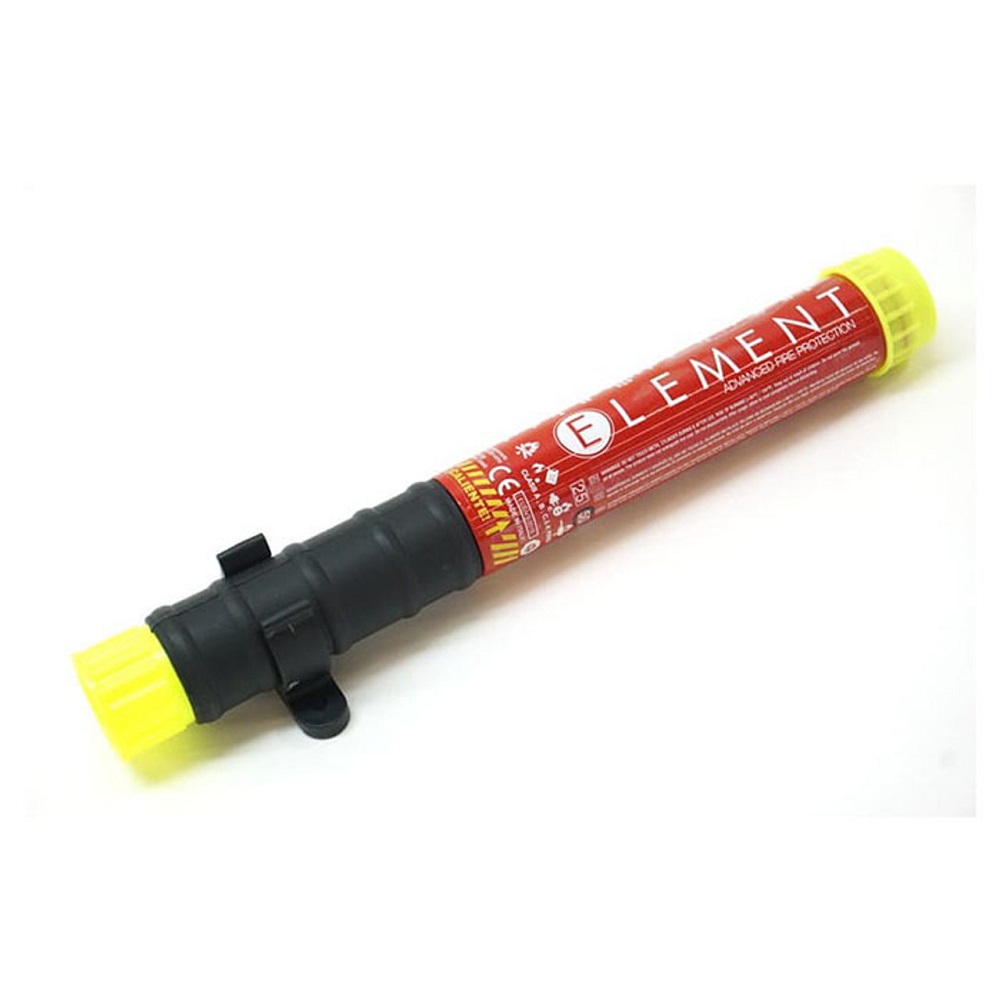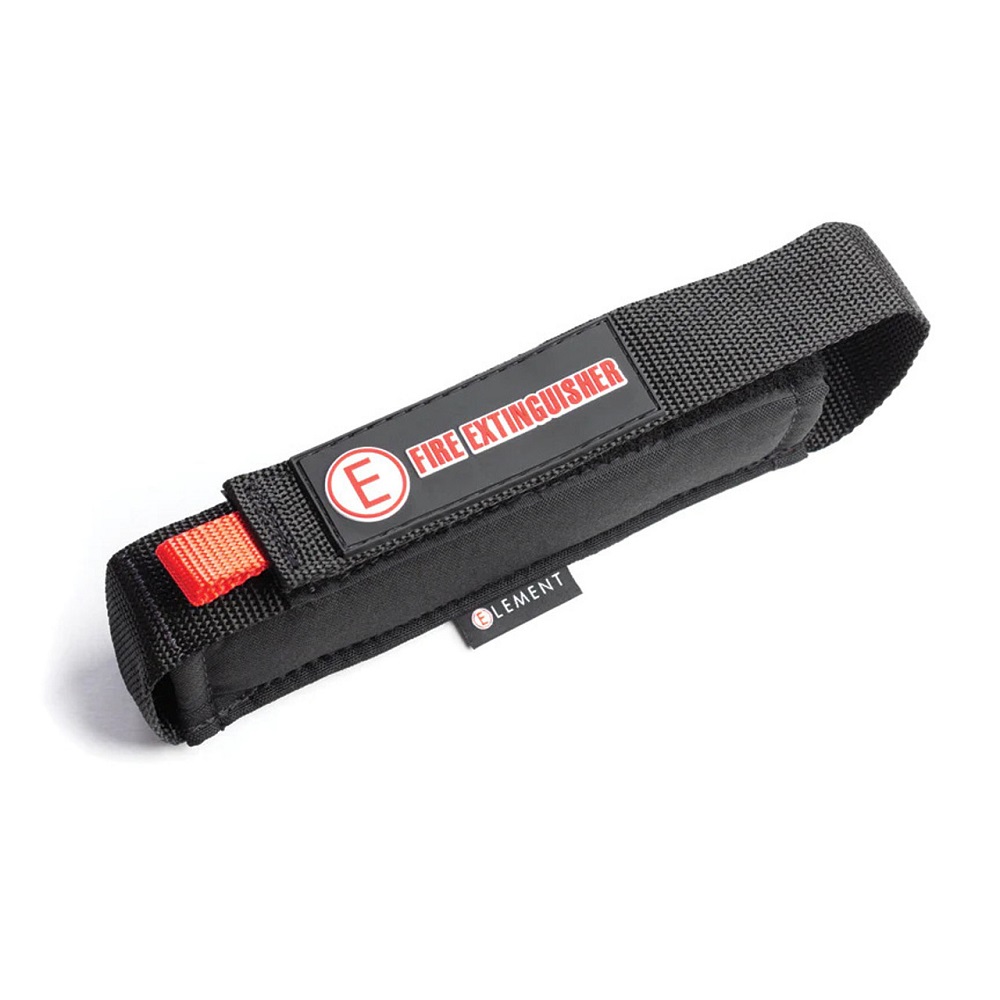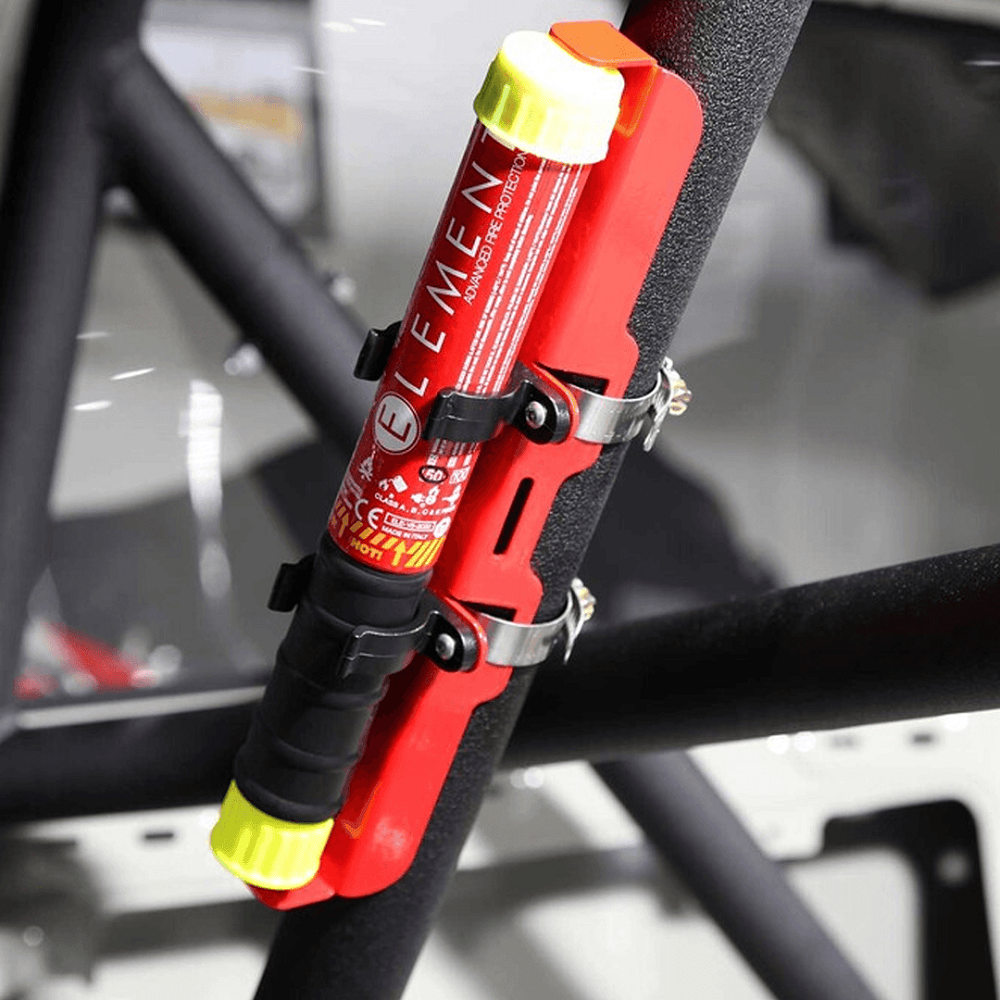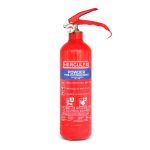Fire safety is crucial in both residential and commercial spaces. When facing a fire, knowing how to use a fire extinguisher can make the difference between a small fire and a devastating disaster. An Element fire extinguisher is a unique product that combines effectiveness with user-friendly design. Understanding the proper use of an Element fire extinguisher prepares you to respond effectively in an emergency. This guide will delve into essential steps to use an Element fire extinguisher and tips for ensuring your safety.
Understanding the Element Fire Extinguisher
Overview of Element Fire Extinguishers
Element fire extinguishers are designed for a variety of fire types, including those involving flammable liquids, hydrocarbons, and electrical equipment. Unlike traditional extinguishers filled with foam or dry chemical agents, Element extinguishers use an environmentally friendly liquid that forms a barrier against flames. It’s important to familiarize yourself with its unique features before you face an emergency. Knowing the specific uses, such as which fire classes it can combat, will give you confidence when needed.
Components and Labels
Element fire extinguishers typically come equipped with clear labeling and instructions on the body. Familiarize yourself with the components: the nozzle, safety pin, trigger, and carrying handle. The label indicates the types of fires the extinguisher can combat, like Class A (ordinary combustibles), Class B (flammable liquids), or Class C (electrical fires). Understanding these labels will help you decide when to use the extinguisher effectively. Knowing your device inside and out prepares you for emergencies.

Assessing the Situation
Evaluating the Fire
Before you rush in to use the fire extinguisher, take a moment to assess the situation. Evaluate the size and nature of the fire. If the flames are larger than a wastebasket or spreading rapidly, do not attempt to fight the fire yourself. In such cases, evacuate immediately and call the fire department. Your safety is the top priority, and understanding when to fight a fire versus when to retreat can save lives.
Check for Escape Routes
As you assess the situation, ensure you have a clear escape route. Fires can spread unpredictably, generating smoke and toxic fumes. Before attempting to use the extinguisher, check that an exit is accessible. If smoke fills the room, stay low to avoid inhaling harmful fumes. Having a clear escape path helps you stay calm and focused during a stressful situation.
Preparing the Fire Extinguisher
Grabbing the Extinguisher
If the situation seems manageable, grab your Element fire extinguisher. Make sure you select a unit that’s easily accessible and kept in a visible location, such as near exits or in kitchens. Familiarity with its location allows for quick disposal when emergencies arise. Take a moment to feel the weight and understand the mechanism before heading toward the fire.
Inspecting the Device
Always check the extinguisher for any obvious signs of damage or wear, especially the pressure gauge, which should be in the green zone. If the gauge indicates low pressure, do not attempt to use it. Instead, replace or recharge it immediately. Ensuring your fire extinguisher is functional is crucial. Knowing it will work when needed provides vital peace of mind.

Using the Element Fire Extinguisher
The PASS Technique
When approaching the fire, use the PASS technique—Pull, Aim, Squeeze, and Sweep.
- Pull the safety pin at the top of the extinguisher to unlock it.
- Aim the nozzle at the base of the fire from a safe distance, typically about 6–8 feet.
- Squeeze the trigger to release the extinguishing agent.
- Sweep from side to side, covering the area of the fire’s base.
This methodical approach ensures you target the flames effectively without wasting your extinguishing agent. Remember to maintain a safe distance and remain poised as you execute this technique.
Ensuring Adequate Coverage
As you sweep the extinguisher from side to side, take note of the fire’s reaction. If the flames are subdued, continue to apply the extinguishing agent until the fire is completely out. However, if the fire reignites or does not diminish, retreat immediately and evacuate the area. Always prioritize safety over attempting to extinguish a stubborn fire. Your awareness of the fire’s status helps determine the next steps to take.
After the Fire is Extinguished
Assessing the Area
After successfully using the extinguisher, stay alert and watch for any signs of re-ignition. Fires can smolder and flare up again unexpectedly. Make sure you remain vigilant even after the flames appear to be out. If necessary, call the fire department for a thorough inspection. Their expertise can provide assurance that the area is completely safe before you re-enter.
Ventilating the Space
If it’s safe to do so, ventilate the area to clear smoke and fumes. Open windows and doors to improve airflow. Fresh air is crucial for your wellbeing after a fire, as inhaling smoke can be harmful. Ventilation also helps rid the area of any lingering smells. Taking these precautions ensures a safer environment while promoting recovery from the incident.
Maintenance and Inspection
Routine Checks
Regular maintenance of your Element fire extinguisher can ensure it’s always in working condition. Check the pressure gauge monthly, and inspect it for any signs of damage. The nozzle should be clear of obstructions. If applicable, ensure that the extinguisher stays within easy reach and that it’s charged. Consider scheduling annual inspections with a certified technician to confirm functionality. Consistent care will ensure that your fire extinguisher remains ready when you need it.
Replacement Guidelines
Element fire extinguishers generally have a lifespan of 5 to 15 years, depending on the model and usage. Check the manufacturer’s guidelines regarding replacement. If your extinguisher has been used—even if it seems partially full—replace or recharge it immediately. Staying proactive about your fire safety equipment can save lives, as a functional extinguisher can significantly mitigate fire damage.

Education and Training
Understanding Fire Safety
Another critical aspect of effectively using an Element fire extinguisher is education. Familiarize yourself and your family members with basic fire safety principles. Understand different types of fires, the role of fire extinguishers, and clear evacuation routes. Regular family safety discussions can help prepare everyone for emergencies, keeping safety at the forefront.
Participating in Training Sessions
Consider attending fire safety training offered by local fire departments or community organizations. Many programs provide hands-on experience with fire extinguishers, allowing you to practice the PASS technique properly. These training sessions also foster a deeper understanding of fire risks in your environment and help cultivate a culture of safety. Providing training opportunities for your household promotes confidence and preparedness, equipping everyone with the tools to respond appropriately.
Being Prepared for Emergencies
Using an Element fire extinguisher properly in emergencies is essential for ensuring safety and reducing potential damage. By understanding the features, preparing adequately, and applying the PASS technique, you can effectively handle a small fire if it occurs. Always stay vigilant, maintain your equipment, and foster a culture of fire safety in your home or workplace.
Preparedness is your best defense against emergencies; by having the knowledge and confidence to respond swiftly, you protect not only yourself but also your loved ones and property. Remember, when a fire breaks out, every second counts. Equip yourself with the skills and information to act decisively, ensuring you can manage fire emergencies effectively.


